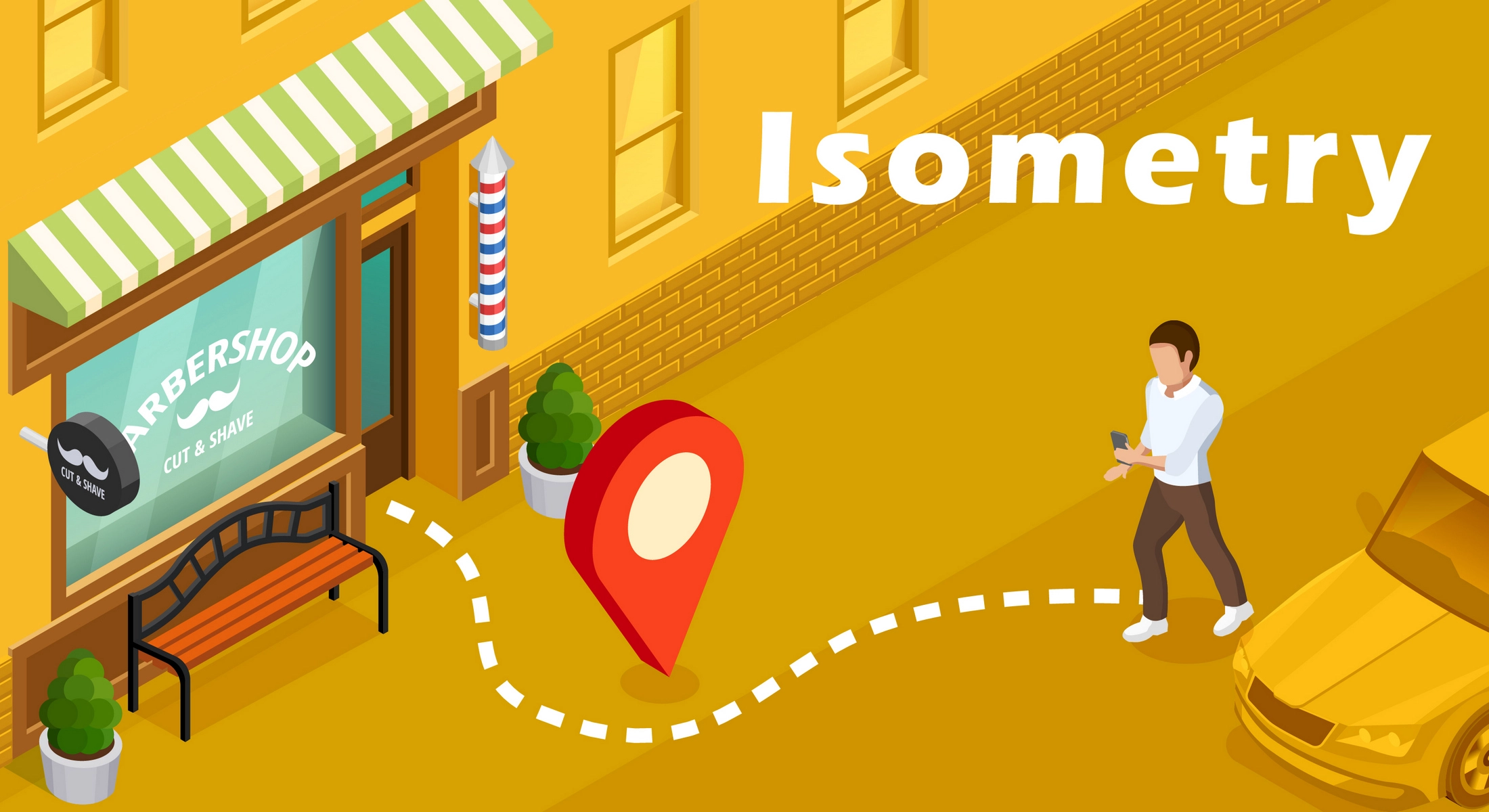Well, you know that isometric drawing is quite popular and fast-growing now. Hardly ever could we realize technical design and textbook illustrations without it, as well as we cannot imagine all those old-school electronic games of the 1980-s with a bit naïve but cute isometric graphics. Indeed we say “isometry” and think about something mathematical, architectural, or even modern and computer-related.
However, first mentions refer to fifteenth century. Chinese artists loved implementing axonometric art in their illustration and did this long before conservative western architects and engineers or modern authors grown on European tradition of linear perspective used isometry in their works.
Isometric drawing looks like a bit challenging and attracts some illustrators while frightening all the other creative people. Let us get all this straightened out. What is isometric graphics itself and why do we love it.
Isometric graphics is not pure 3-D visualization but represents three-dimensional objects in two dimensions. This is one of three types of axonometric view. Axonometric lines of sight are perpendicular to the plane of projection. Here, the displayed object is rotated around one or more of its axes to display several sides. Being prolonged isometric lines will never meet at one point at extrinsic as they are parallel.
In this type of graphics we see depicted objects in 30 degrees’ isometric perspective as if from the angle. In isometric view images do not appear smaller or bigger as in linear perspective translating human eye common vision. In general, it looks distorted as vertical axe is in its real position while horizontal axes are bent.
However, it allows to take direct measurements and show relationship between multiple sides of the same object. Thus, it helps to understand the external construction or interior view. That is why it was widely used in architecture and engineering drawing. Initially applied almost two hundred years ago, it stayed a standard till 1950s and became popular twenty more years later, when practical views on isometric gave place pure art – modern artist turned yesterday industrial sketches into art-objects.
What do we use isometric graphics for at present? Indeed, it is not difficult to explain where isometric objects can be seen. It’s not easy to count and not to forget anything: industrial design, blog illustrations, infographics, board games and fliers, app presentations and illustrations for business reviews, game objects and artworks, and so on, and so on.
